The Oxford Botanic Garden - Enchanting Havens
- Lilium

- Aug 18, 2021
- 3 min read

The University of Oxford Botanic Garden is the oldest botanic garden in Great Britain and one of the oldest scientific gardens in the world. The garden was founded in 1621 as a physic garden growing plants for medicinal research. Today it contains over 5,000 different plant species on 1.8 ha (4 1⁄2 acres).
I have wanted to visit this garden for sometime due to a moment in Brideshead Revisited where, after lunch of many courses, Sebastian declares that he must go to the Botanical gardens. Why? To see the ivy of course.

It was the first day of August in Oxford I had two companions in tow. We were crossing Magdalen Bridge, pausing to watch the punters on the River Cherwell, determined to enjoy themselves despite the weather. It was raining and had been all weekend but it didn't matter to us (the Welsh have a high tolerance for rain) and so in we ventured through the gate to the garden.
The Taxonomic beds were laid out before us, a very unromantic name for such a romantic sight. A fountain sat at its centre, a mixture of trees from around the world were dotted at the edges of the path, Persian Ironwood, Dawn Redwood and, a tree that I have admired for some time, the Maidenhair tree. Also known as the Ginkgo tree, its leaves were a beautiful fan shape and while they were green now, by the autumn the tree would be lit in an exquisite yellow gold.
Following a path to the left and we were led to the glasshouses. The first room was one I dared not venture near as it was name "The Carnivorous Plant House" so we hurried past to the Water Lily House, a room I would much rather spend time in. There was a large raised pond taking up almost the entire space, on the surface of the water were waterlilies that were new to me, white petals fading to blue. The next rooms were the Cloud Forest House and Plants from High Places, each felt humid and tropical, and as we left the glasshouses the cool summer air was a relief.
We followed the beds along the wall, past the woodland walk and the Literary Trail. For here once stood a great black pine that was beloved by J. R. R. Tolkien during his time in Oxford and some say its twisting branches resemble the 'ents' in his The Lord of the Rings novels.
Beyond the walls the garden opened out, in front of us was a water lily pond surround by a rock garden, to the left and we reached a remarkable sight, the Herbaceous Border. It was the deepest I have ever seen, with great drifts of white and lilac phlox, blue asters followed yellow and alliums taller than us towered above the planting. The border led down to a section of the garden dedicated to "plants that changed the world."
Beyond that was the Gin Border, for the botanical gardens have started making their own gin with ingredients they have grown themselves. This border led to the river, the rain had eased and the punters no longer had to pretend to be enjoying themselves, their laughter echoing over the garden. This path led us to the Merton Borders. The sign informed us that the planting is based on an ecological study of natural plant communities to produce an ornamental yet sustainable display. This aim had been achieved as a chorus of bees hummed about the flowers, their favourite being a beautiful blue thistle that dominated the beds.
Beyond the thistles was an orchard which led to the Water Garden and the Autumn Border, the sight of the trees in all their flaming glory was something I longed to see. We headed back to the walled part of the garden, following along the right side this time, we reached the Japan Border and the Medicinal Plants Collection. The the New Zealand Border and the Bobart Collection. When they said that the garden contains over 5,000 different plant species, they meant it.
If I lived in Oxford I could easily see myself spending much of my time here and I don't think I will be able to resist the temptation to come back and see the autumn display. My only quandary was that I was so distracted by all the beautiful plants that I completely forgot to look for ivy. Well it can't be helped, I'll just have to go back again.
Reading Recommendations & Content Considerations
A Brief History by
Stephen A. Harris Evelyn Waugh






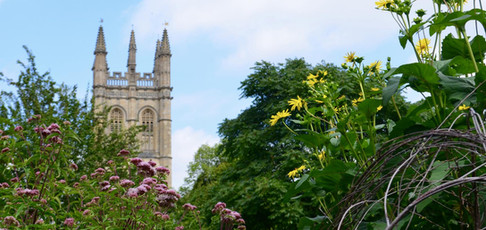

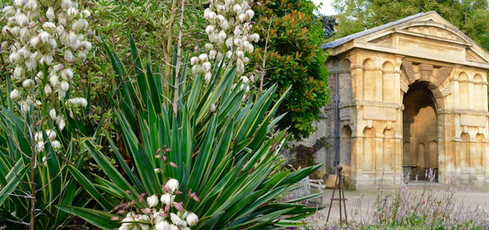

































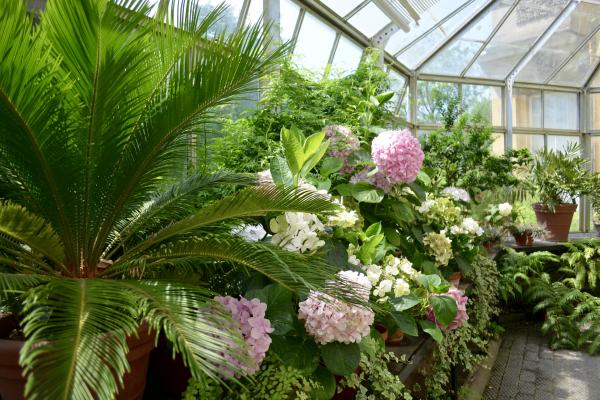

















































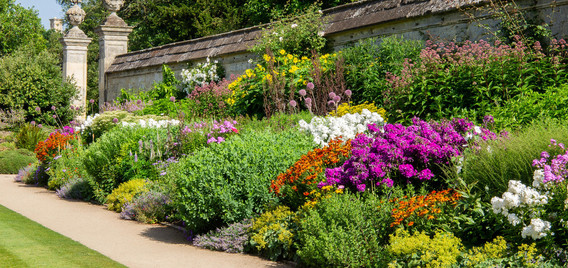































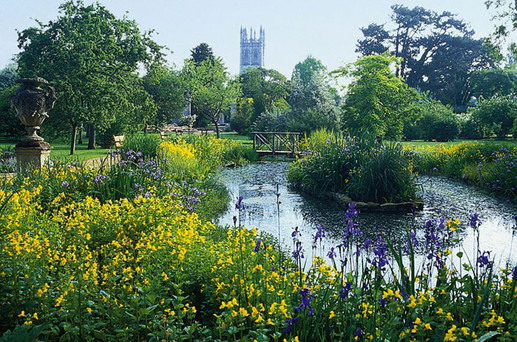















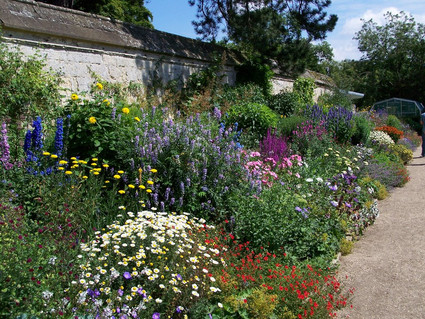






































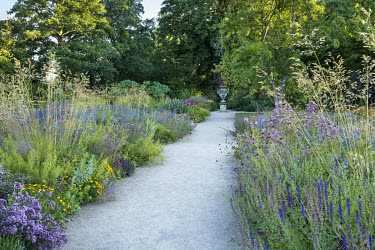



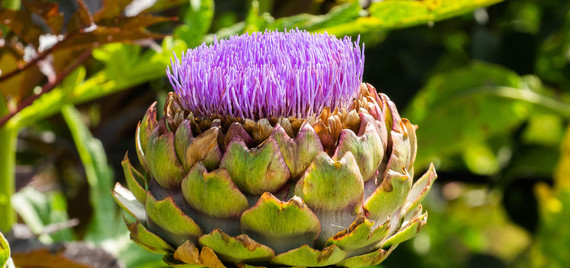



























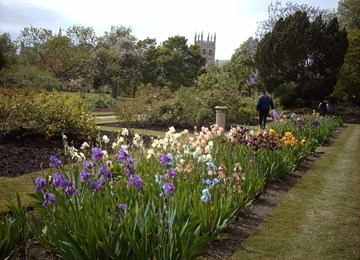

































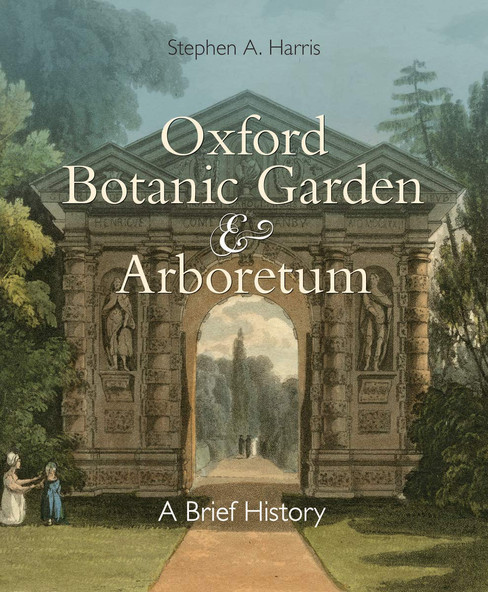

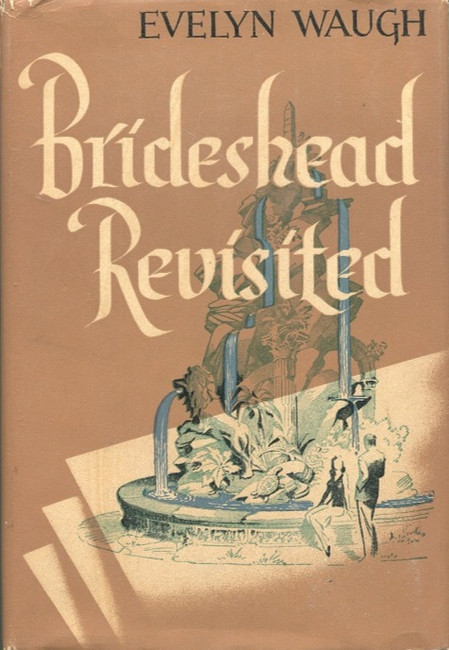



Comments